Posted on January 13, 2022
Updated on March 13, 2023
7 min read time
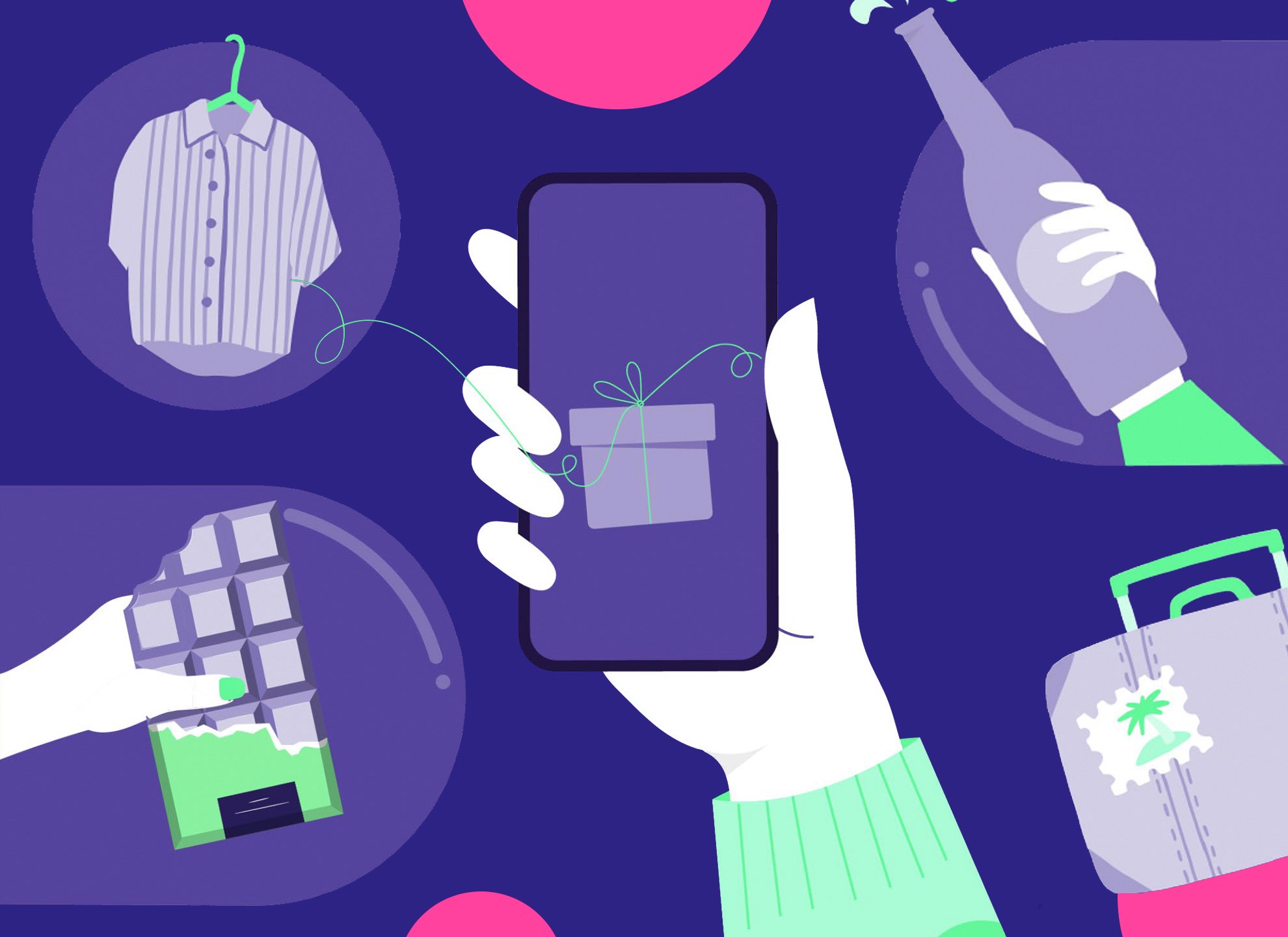
Direct-to-consumer businesses sell products without intermediaries or middle-men. This means when you buy D2C, you are buying directly from a brand, rather than going through a digital marketplace, like Amazon or a retail outlet, like Walmart.
In the fast-paced brand world, D2C is rapidly growing in importance. It's not hard to see why, as buying direct offers many benefits, from speed and efficiency to flexibility, and a greater variety of options.
The D2C model has been around for years, but the circumstances of COVID-19 significantly accelerated the number of businesses adopting it. Shelves were wiped clean, and shoppers experienced unprecedented delays from major retailers like Amazon, which persuaded them to turn to D2C brands for necessities.
In 2020, D2C e-commerce sales in the US skyrocketed to a whopping $111.5 billion. Though pandemic restrictions have since eased, sales are still projected to surpass $129 billion by the end of 2021. And it’s not stopping there—the category is expected to grow another 35% by 2023.
This rapid growth shows there is an immense opportunity for brands but also a significant challenge, as it’s becoming difficult to stand out in such a competitive market.
That’s why we’ve explored D2C in our latest category report to help brands to get ahead of this booming market. If you’re a D2C brand looking for uncovered white spaces, strategies to stand out, and key customer motivations, click here.

There are many famous D2C success stories from before 2020, like Dollar Shave Club, Casper, Warby Parker, Glossier. Each of these brands have had a unique journey. But whether they began as D2C and evolved into a traditional distribution model or decided to stick with the direct approach, their successes stem from a commonality: understanding their audience and delivering amazing Customer Experience.
These brands showed us that thriving in the D2C category isn’t about reinventing the wheel when it comes to product. It’s about making sense of customer behaviors and identifying an opportunity to seize or a problem to resolve.
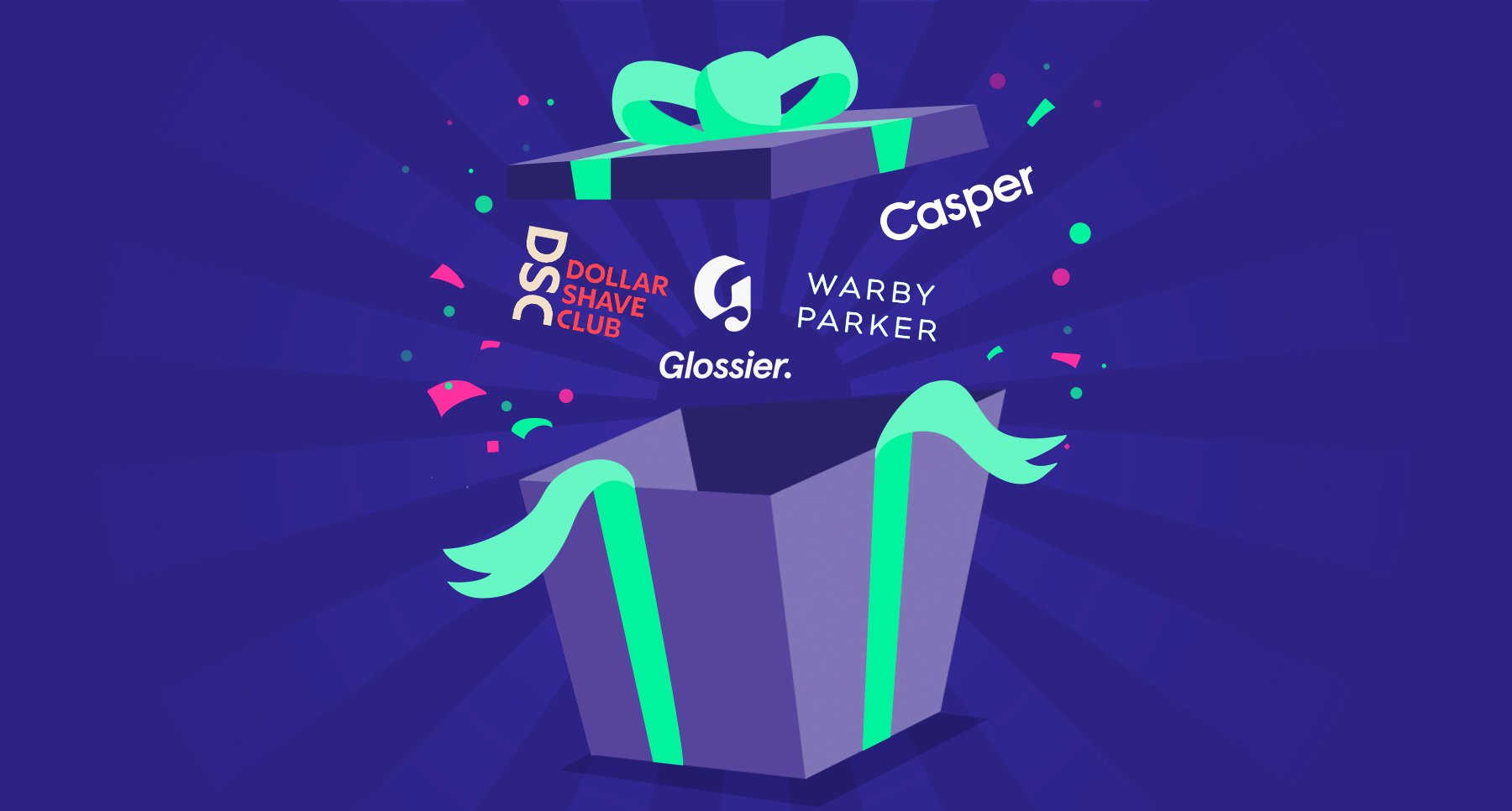
For a long time, many industries remained untapped in the D2C space. People were accustomed to traditional shopping and didn’t have a lot of optimized online options. With the pandemic changing the way we shop, brands across various categories acclimated to become much more e-commerce friendly. In the UK, for example, Heinz launched a D2C bundle delivery service cleverly named Heinz to Home, which allowed frustrated shoppers to purchase bundles of all their favorite products that had been selling out in stores.
Today, almost two years later, opportunities for brands to adopt the model continue to widen. People’s purchasing habits have evolved into a new normal, so the D2C trend is here to stay and will continue to have a major impact on the market.
At ProQuo AI, we believe that a brand’s success stems from the strength of the relationship it has with people. Our tried and tested 16 Driver framework illustrates how people relate to brands.
Understanding which Drivers are important within your category and for your consumers, is imperative for success. It might be your audience values the Empathy Driver above all, or that your category is clamouring for a higher Performance product - either way you can use these Drivers to guide your strategy, ensuring it’s in line with the latest customer needs.
In our report, we use these 16 Drivers to uncover key customer motivations across food, beverage, apparel and consumer goods to determine the best ways for brands to grow within these spaces.
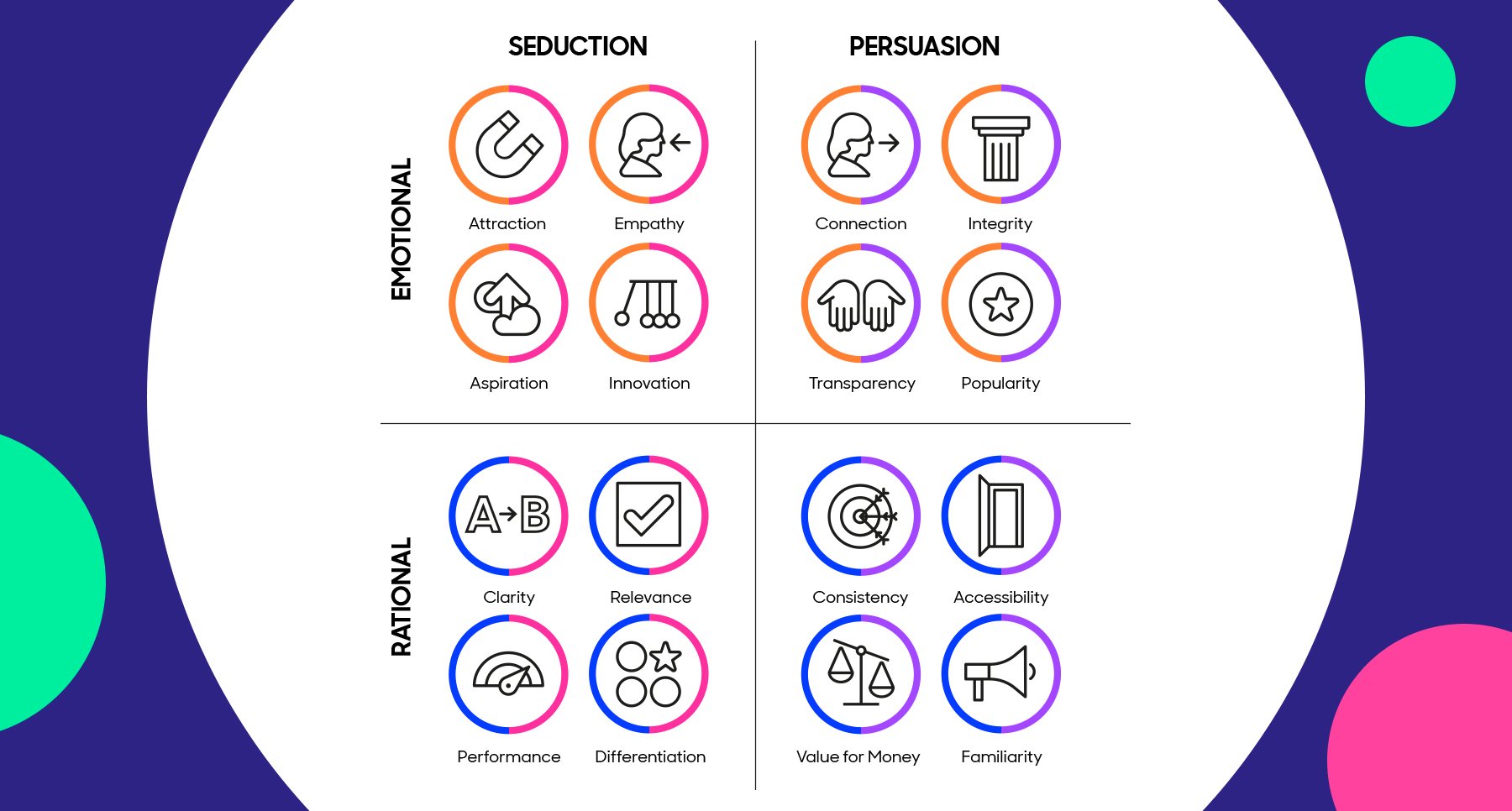
There’s a lot to love about buying D2C and adopting the model. It’s an extremely streamlined, convenient, and easy way to sell and shop.
Here are some of the main benefits:
Personalization:
The most successful D2C brands have an in-depth understanding of their customers’ behaviors. Brands that typically sell through third-party retailers like supermarkets or department stores don’t usually have the knowledge about their customers, which is needed to guide marketing actions. The D2C model eliminates these barriers, so brands can speak straight to the wants, needs, and pain points of their users. The best D2C brands appeal directly to customers with personalized marketing e-mails, content, packaging, product assortments, and much more. The result is a delightful and unique Customer Experience that improves Relevance and drives brand loyalty.
Bigger Margins, Lower Costs:
The D2C model gets rid of the extra cost of a middleman, like a wholesaler, distributor, or third-party retailer. Because there are fewer barriers to entry, companies can earn higher profits on bigger margins while maintaining control over all aspects of the brand. For many brands, this opens the door to a competitive edge in Pricing, especially for FMCG products. Because the model cuts costs for most companies, they’re able to offer lower prices than traditional retail-only brands. D2C models that adapt this approach attract young shoppers who don’t want to compromise quality in search of a great deal. Companies often also choose to use the extra money on R&D, manufacturing, design, sourcing and more—which often makes the product itself better overall.
Convenience:
The root of all D2C brands is that the Customer Experience is easy and convenient. Customers don’t have to make the trip to the store with the chance of not finding what they’re looking for. Instead, they can have everything they want delivered to their door. And for brands that offer subscription services, reordering, or store delivery details, they don’t even have to think about the process. Not only does the model make it easier to shop, but it also makes customer service easier to access and control. Breaking down the barriers of a middleman creates a streamlined, direct line of communication to and from the brand, which boosts Accessibility and Connection.
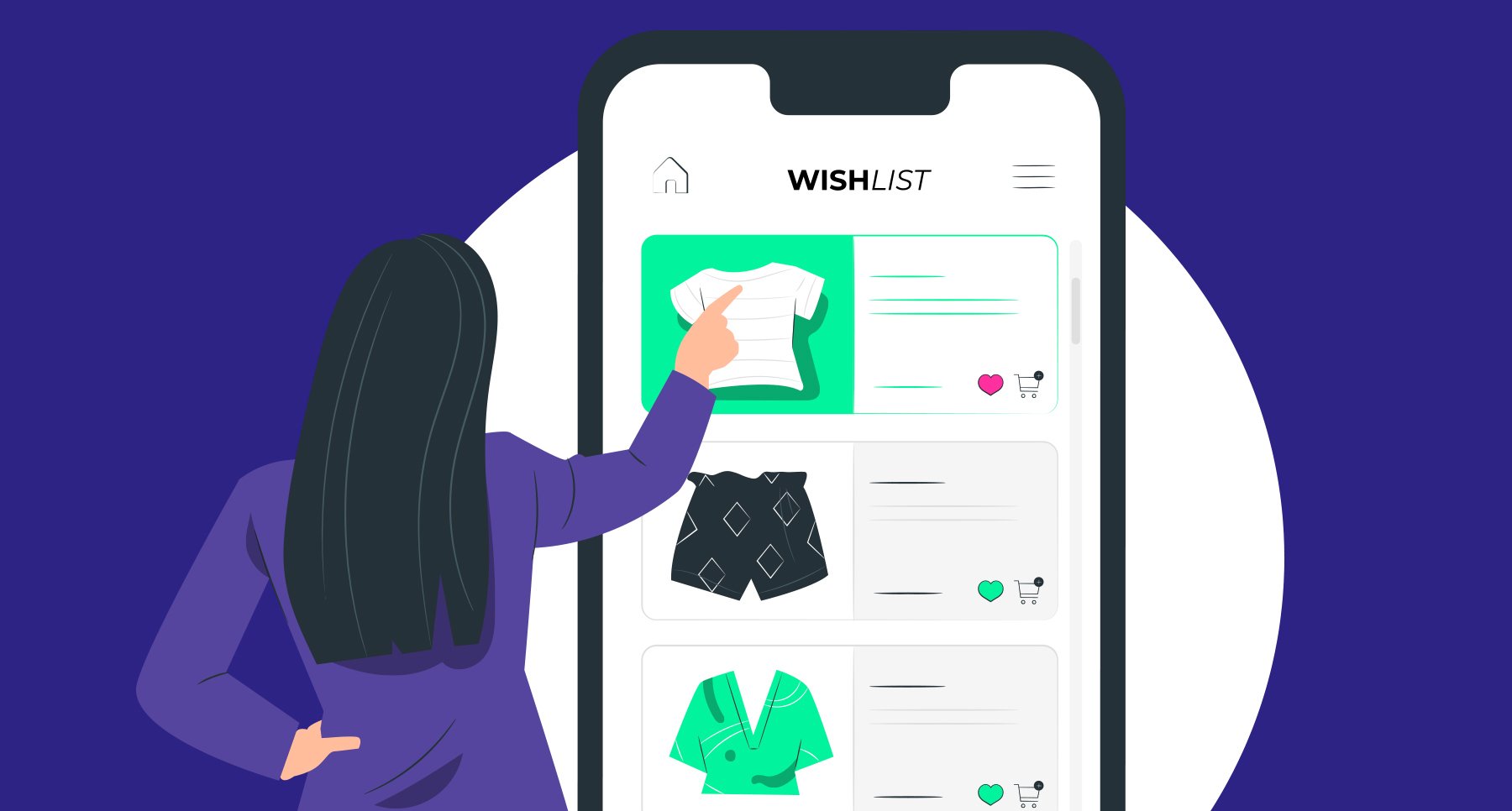
Though the model comes with an array of benefits, it can also present major challenges for brands. The space is fast-moving, and competition can be cut-throat. Overcoming the following obstacles can help brands to shine amongst competitors.
Customer Retention:
Expectations are high, and switching between brands costs nothing, so retention becomes a challenge for many brands. The key to preventing customers from switching to your competitors is by offering something they can’t get anywhere else. Through the 16 Drivers, ProQuo can help you to understand what shoppers in the category are expecting and their motivations for buying D2C. Using the Drivers, brands will understand what customers love about their experience, where there’s a need for improvement, and what opportunity spaces can be exploited. Successful brands typically deliver on the most expected Drivers in the category while finding an ownable, less expected way to stand out.
D2C footwear and apparel brand, Allbirds, understood the increasing importance of reducing the fashion industry’s carbon footprint. Using sustainability as the basis for their business model, they provided shoppers with a product that couldn’t be found anywhere else—high-quality, reasonably priced, and extremely eco-friendly shoes. This simple yet unique offering turned the company into one of the most successful D2C brands with a valuation of $4 billion.
Customer Recruitment:
You’ve discovered a way to keep your current customers, but how can you attract new ones? There are new D2C F&B brands every day, so there’s increasing competition for the same pool of shoppers. Communications are a great way for a brand to lure in non-users. But with such fierce competition, cost of acquisition is high and it’s often difficult to cut through the noise. With creative testing solutions, brands can test their creative assets to understand their impact and optimize, before spending that precious budget.
Recess is a wonderful example of a D2C drink brand that people love for much more than the drink itself. The company’s founder, Benjamin White, took unconventional approaches to marketing to attract customers. He wanted to steer clear of any obvious brand colors that would allude to the product’s hemp-infusion, opting for a pastel palette in a matte finish that would stay Relevant even if the CBD trend dies down. Instead of recruiting customers through field marketing, as many drink brands typically do, Recess used Instagram as a tool to shake up the category. The page is clever, engaging and aesthetically youthful, centered around “creating a vibe” and selling the feeling of “calm cool collected.” White called the Instagram strategy “a social commentary on the Millennial existence.”
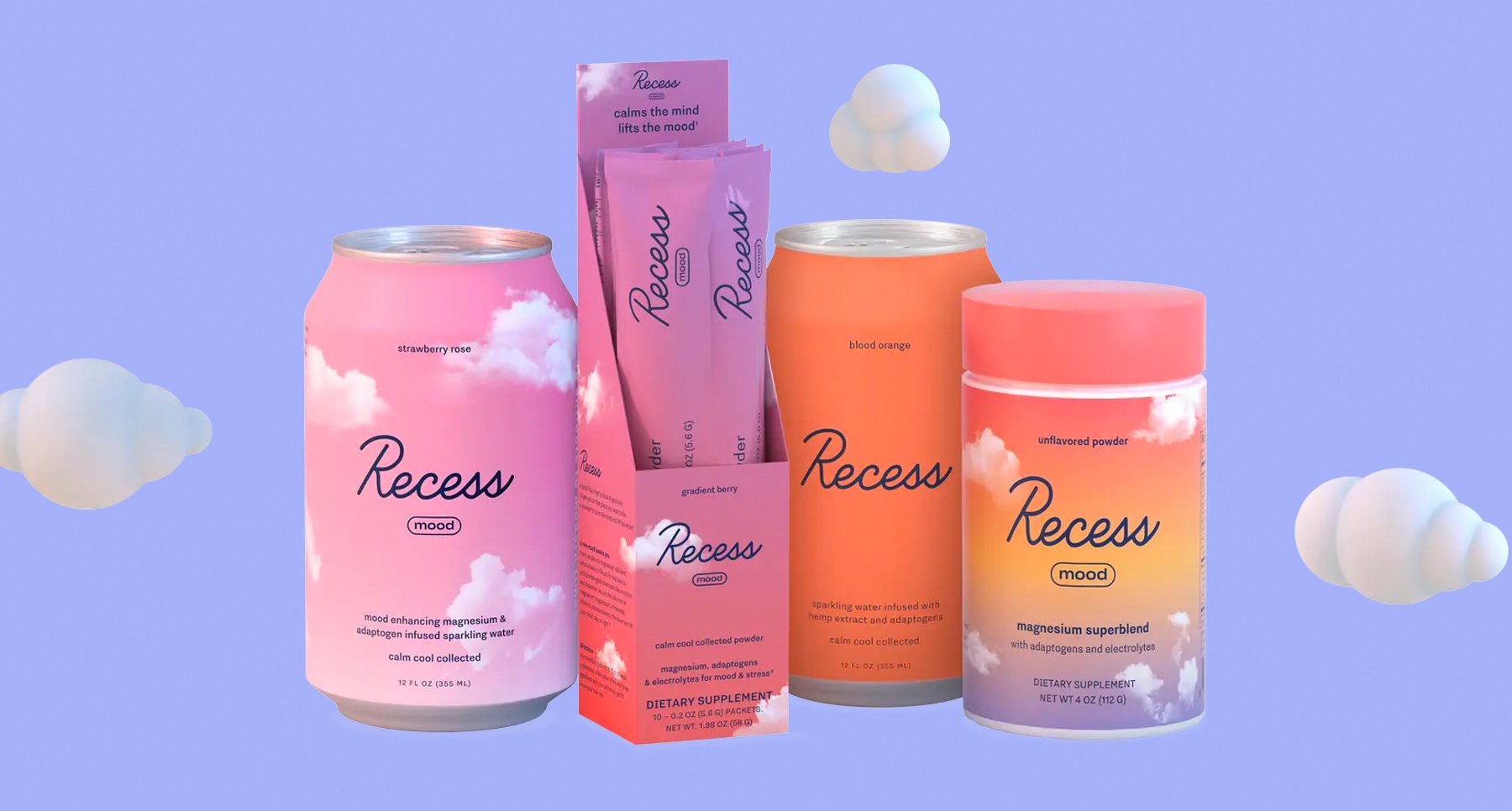
Customer Experience:
Breaking into the consideration mix is especially difficult in such a competitive category, often because brands can find it challenging to create memorable Customer Experiences. Evoking memorability isn’t about reimagining the entire customer journey—it’s about finding one or two key strategic moments for your brand to stand out. 90% of your customer’s experience with the brand is going to be perfectly adequate—and that’s okay. The focus should be on making the other 10% unforgettable. Is it an exciting unboxing experience? Unique packaging? Exclusive offers? Focus on an area of opportunity and lean into the category’s most disruptive Drivers—Aspiration, Value for Money, and Differentiation. Though not every moment will be memorable, the journey should always be smooth, on-brand and engaging.
Vegan D2C food brands have become increasingly present in the US market, and shoppers seek out great tasting, easy-to-use, and appealing products. Standing out in this crowded category is about creating a brand that evokes desirability and has something special that people want. Daily Harvest exemplifies how to deliver on key expectations—providing delicious, healthy, and easy to prepare meal options—while delighting shoppers through their Product Delivery. The brand fills their boxes with surprises like new product announcements, coloring books, fridge magnets, and thank you notes, ensuring customers feel like they are entering a special relationship from that first moment.
The D2C space is ripe with opportunity. Here are some of the biggest white spaces brands should be taking advantage of this year.
Focusing on Sustainability:
Consumers are increasingly gravitating towards brands that care about the environment, especially when it comes to D2C. Packaging and dietary preferences are two factors to consider. The adoption of vegetarian/vegan diets continues to increase, so brands who want to succeed in Connection should expand their portfolio to suit these diverse needs or risk alienating a significant portion of the market. But it’s not enough to just offer environmentally friendly product options. The D2C model depends on shipping, so if the packaging doesn’t reflect the values being promoted, brands could face criticism.
The Benefits of Meal Kits:
The new generation of shoppers claims to be having less and less time to prepare a hearty home-cooked meal, which is why meal kits have become so prominent in the F&B D2C space. A concept that was popularized by a pandemic-driven desire to avoid grocery stores has become a go-to option for busy millennials. Between recipe planning, shopping for ingredients, and cooking, young people are turning to subscription meal kit brands for the solution. Not only do they simplify the experience of at-home cooking, but they also come in portion sizes that reduce food waste and bring in that element of sustainability. Customers can personalize their meals for the week according to their taste and dietary requirements. And they’re able to prepare new and exciting dishes without the fuss. When done right, the concept is great for boosting Accessibility, Value for Money, and Relevance.
Tell a Compelling Story:
Many D2C companies are born from the passion of the founder(s), whether it be from a personal need or recurring frustration. These are the brands who enter the market largely dependent on the hunch that someone out there must feel the same way they do. And this is often the case for major success stories in the D2C space. This approach sets the foundation for a unique and personal brand story, which can be very powerful when connecting with your target audience. Though not every company is formed from an obsessive passion, telling a strong and consistent story will drive trust and loyalty. Brands that do this well will let their story penetrate branded content throughout the customer journey.
To uncover more trends within the D2C space, click here.
Our intelligent platform will take your brand further, faster.
Don’t believe us?
© 2020-2023 ProQuo AI International
All rights reservedWebsite by Blend